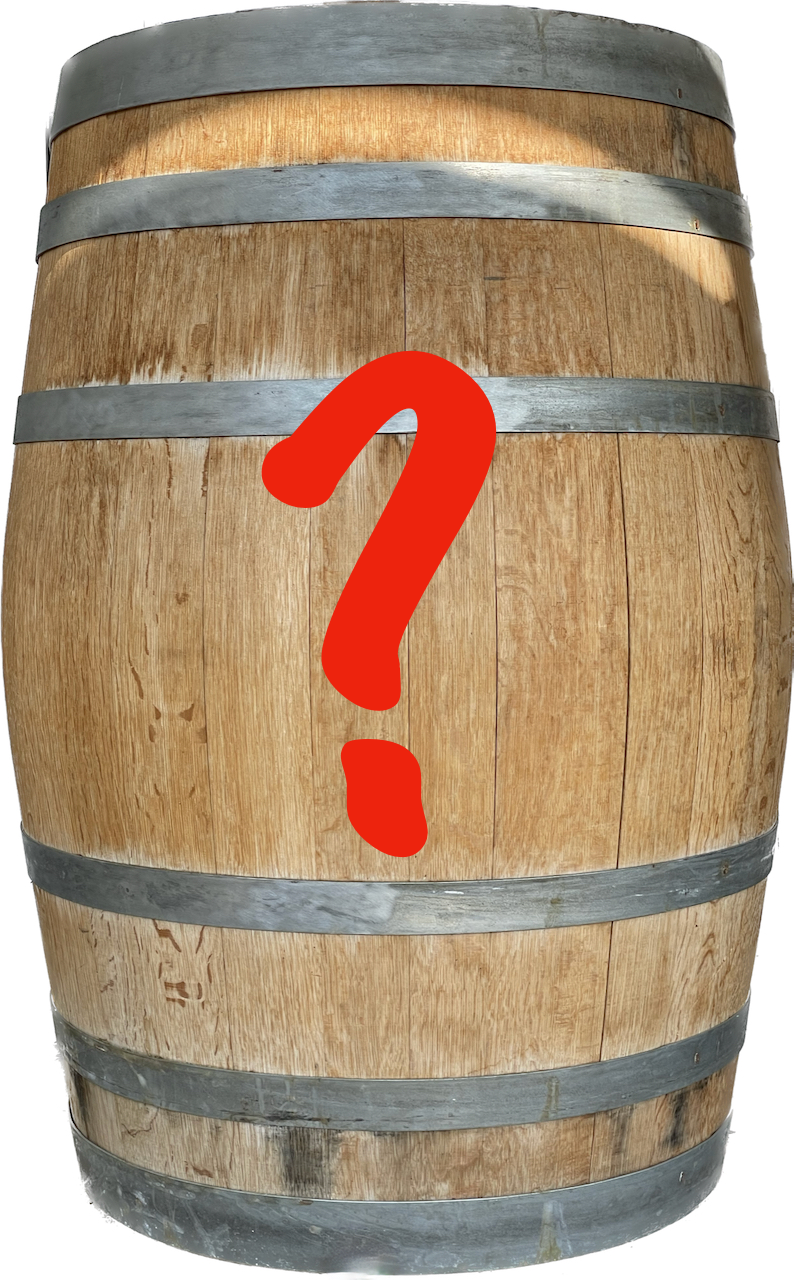2015 1000 Stories Zinfandel ($18)
I’ve had my eyes on this one for a while now. It differentiates itself by noting on the front label that it is “Bourbon Barrel Aged.” Aging wines in oak barrels is common, but I’ve not seen a wine aged in Bourbon barrels.
So, I was actually a bit hesitant. I’m not into gimmicky wines. And, I certainly don’t need a Bourbon-flavored wine.
This 1000 Stories Zinfandel is aged in new and used Bourbon barrels. But, don’t let that dissuade you. The barrels do not impart a big or smoky flavor. Actually, I found this Zinfandel on the fruity side.
So, the back label states that the Bourbon barrels impart “…charred vanilla, dried herbs and a hint of caramel.” Just what you’d expect from an oak barrel.
If the “Bourbon Barrel Aged” 1000 Stories Zinfandel has not been on your list, give it a try. It’s a worthy Behind the Cork™ - Wine of the Week with its attainability and affordability. Cheers!



